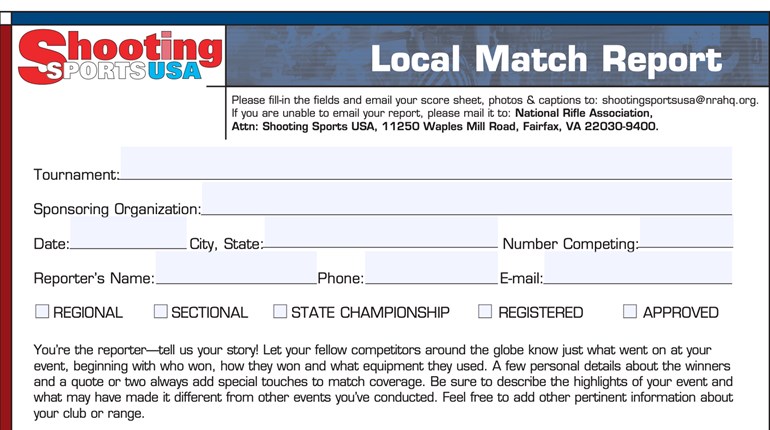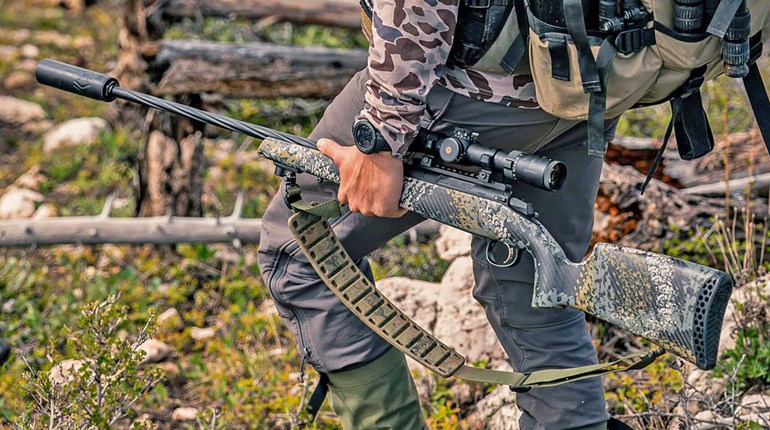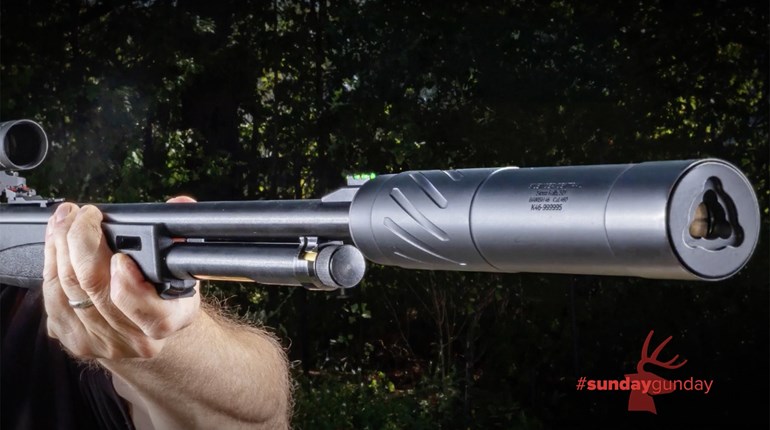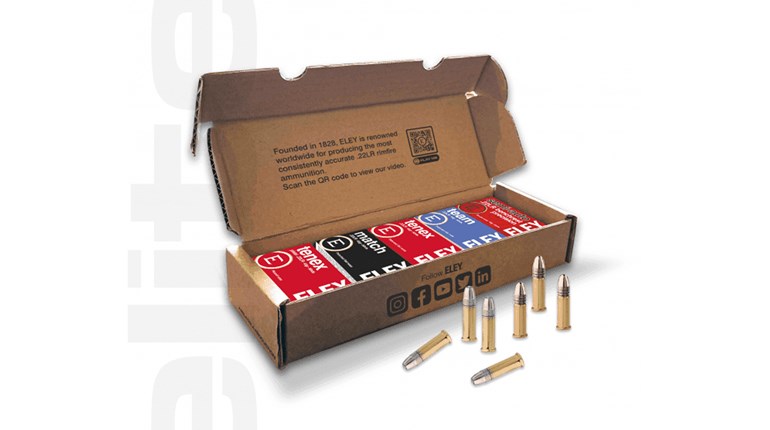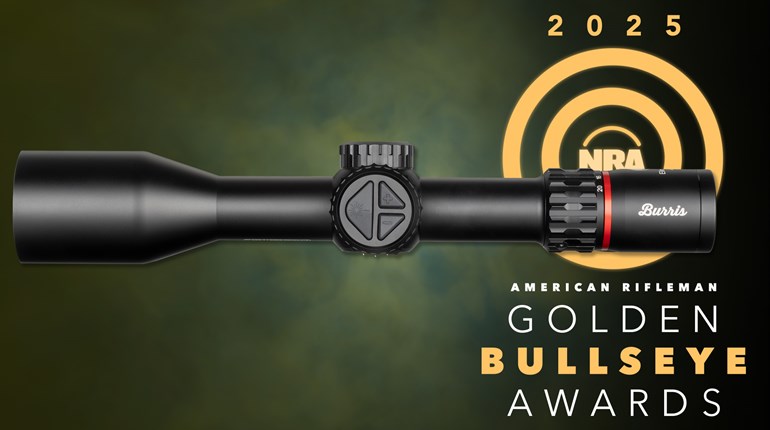
It’s inevitable. Whether you’re 400 yards from your truck hunting whitetails or 14 miles into the backcountry living out of a backpack, something will break. Oftentimes it’s just an irritant, but never count out broken gear creating a threatening situation. Here’s an easy fix: Pack along a collection of zip or cable ties for speedy and dependable repairs. Use them to correct the following problems and dozens of others.
Torn bootlace: Thread a zip tie through a pair of eyelets, and then cinch it tight. Trim the tag end as necessary. Two or three ties can tighten a boot to your foot for the long haul.
Broken buckle: Stash a handful of short zip ties in your binocular harness in case a strap or plastic buckle breaks. The lopsided feel of a sagging binocular is fixed instantly with the tug of a tie. The same goes for a broken belt buckle. One or several ties can restrain a belt around your waist. Even a cracked snap strap on a baseball cap can be fixed with a single tie.
Busted zipper: Replace a zipper’s broken pull tab by running a tie through the slider. Tighten the tie to form a small loop, and trim the end. If the entire zipper on your sleeping bag or coat fails in plummeting temperatures, several zip ties can quickly close out cold air. Punch the ties through the fabric tape on either side of the zipper’s teeth and cinch them tight.
Ripped fabric: Zip ties can fix rips and tears in little time. Close a tear in a backpack by running a few ties side-by-side through the fabric and drawing it together.
No rope: Need to drag an animal but forgot your rope? For dragging coyotes I’ve zipped several heavy-duty, longer ties together to form a chain and then secured it with a single tie around a leg to keep fleas at arm’s length. Use zip ties to tighten pant legs at boot level for protection from ticks and chiggers. If you need to spread a tarp to duck a downpour but have no paracord, zip ties can fasten it to overhead limbs.
Injured arm or leg: Finally, use zip ties to secure gauze and bandages over wounds. They can hold a splint to keep broken bones from moving. Zip ties tightened over some sort of padding can also help form a tourniquet.













